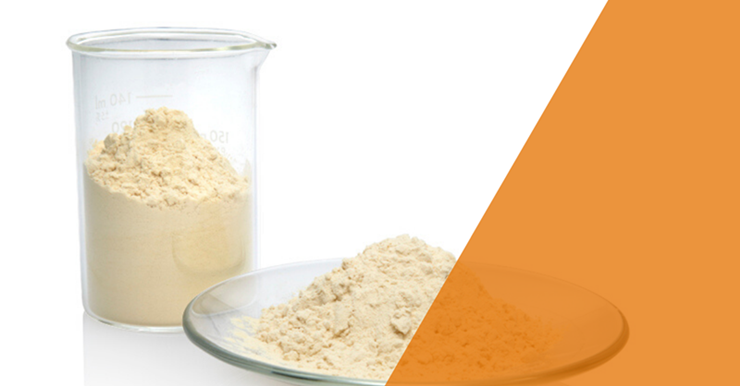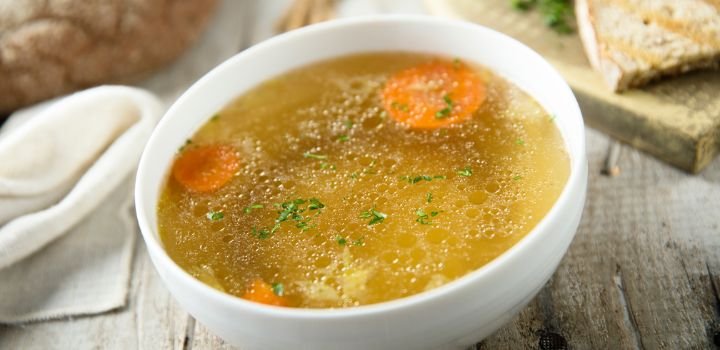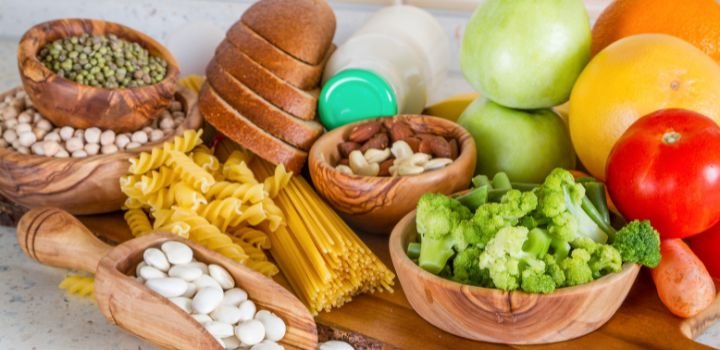The human body is constantly under attack by harmful microorganisms such as viruses, bacteria, and parasites.
Fortunately, we have an efficient protection mechanism – our immune system.
But many factors in everyday life such as stress, pollution, lack of sleep, and unhealthy diet can keep our immune system from doing a good job.
Yeast Beta-Glucan is a well-documented, quality ingredient for functional food, beverages, nutraceuticals, and sports nutrition products that support healthy immune function.
The unique structure of yeast glucan
Hiyeast beta-glucan is a beta-1,3/1,6-glucan isolated from baker’s yeast.

This beta-glucan has been studied by scientists all around the world and is recognized as a safe and effective tool for immune support.
How yeast beta-glucan works?
When ingested, the yeast beta-glucan passes through the stomach and travels to the small intestine.
M cells found on the intestinal walls transport yeast beta-glucan from the gut cavity to groups of lymphoid tissue called Peyer’s patches. This area is rich in immune cells such as macrophages and dendritic cells, which continuously monitor the components that pass through the gut, especially harmful microorganisms.

Macrophages and dendritic cells have specialized receptors on their outer surface that can recognize and bind to molecular structures typically found in harmful microorganisms.
Although completely harmless, the yeast beta-glucan molecule is recognized by these receptors.
This binding is very specific and can be compared to a key-in-lock interaction – which explains why beta-glucans with a different molecular structure don’t have the same effect on the immune system.
The structure of yeast beta-glucan is key to its function.
Immune cells activated by yeast beta-glucan become more effective at exterminating invaders and recruiting other immune cells to the battlefield.
Let’s take a closer look at these events.
A macrophage activated by yeast beta-glucan has increased the ability to destroy a harmful microorganism.
After engulfing the invader into a special cell structure known as a phagosome, the macrophage produces an oxidative burst that destroys the invader.

A macrophage activated by yeast beta-glucan has increased the ability to recruit other immune cells to the battlefield. The macrophage releases
signaling molecules are known as cytokines that stimulate the movement of other immune cells towards sites of inflammation, infection, and Trauma.
The cytokines released can also recruit ‘special forces’ from the adaptive immune system, such as antibody-producing B and T cells.
This way, the immune system remembers a specific invader and can enhance the response to subsequent attacks.
Although yeast beta-glucan starts to do its job in the gut, research has shown that the macrophage can transport the yeast beta-glucan molecule to lymphoid tissues elsewhere in the body, where it can activate other immune cells.
Conclusión
Add immunity to your following product formulation with yeast beta-glucan, a versatile immune health ingredient for functional food, beverages, nutraceuticals, and sports nutrition products.







